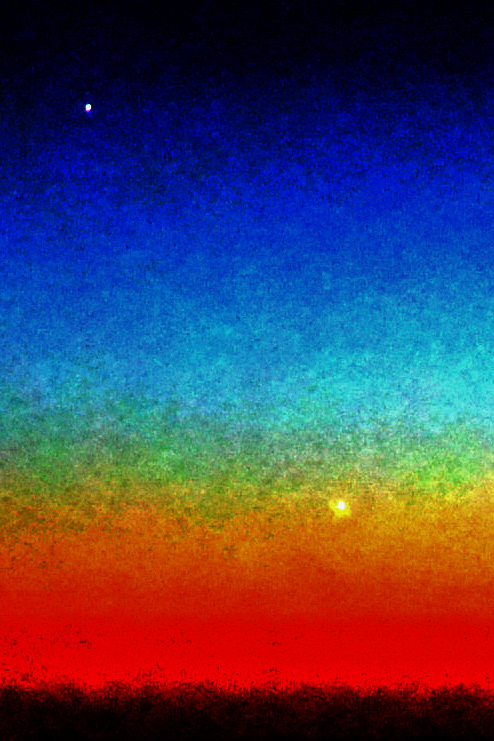… we will venture to the stars. A still more glorious dawn awaits, not a sunrise, but a galaxy rise. The rising of the Milky Way.
The sky calls to us indeed.
These words are from the musical composition “A More Glorious Dawn” featuring the worlds of Carl Sagan and Stephen Hawking, arranged by melodysheep, AKA John D. Boswell. In his series of compositions entitled “Symphony of Science,” Boswell has certainly struck a chord with me. The tune runs through my head, like many an ear-worm. Over the past couple of weeks, however, it’s been running particularly deep.
At the end of May 2013 I had the privilege of spending a week or so in Arizona. The past six or eight months have been a time of rediscovery for me in several ways. I guess it all started with getting an old, dusty box out of storage in the fall. You see, my father was an engineer, and a very gentle man, and was fascinated with astronomy, and aircraft, and boats, and photography, and so many other things, too.
When I was little Dad bought what was for the time a quite good home telescope – a 4.5″ reflector marketed under the brand name Tasco. It had rather wobbly wooden legs, and the finish on the German equatorial mount wasn’t terribly impressive, and it only had little 0.95″ eyepieces. But it worked. It worked well to show the brighter planets and the moon to whomever wanted to take a look.
Although he never joined an astronomy club, my father loved to introduce people to our neighbours in the solar system with this white 4.5 incher. He was especially fond of taking the telescope up to the family cottage and showing the neighbours around. Today, nearly 20 years after his death, and likely 30 years after he had the ‘scope out of its box, friends at the cottage still talk with me about my Dad and his telescope.
I pulled the old ‘scope out of storage last fall. It had been sitting around its Styrofoam and cardboard carrier for a long time. Something seemed to grab me when I took it out of the box and set it up. I’ve now used the old ‘scope a few times, and have even coaxed it into taking a few photos… something I dreamed of years ago but never accomplished.
It touched off something, putting the telescope together, re-familiarizing myself with the mount and all of its details. It prompted me to start looking up again. And, it fueled the flaring passion for the sky that has resulted in several things. For one thing, this blog was borne out of that renewed passion. For another, I now have quite a fleet of home telescopes, something I fear needs a bit of trimming, actually. Too much of a good thing?
And all of this led me, last week, to a remote inn south of Benson, Arizona. Sitting down in a chair out in the desert, I looked up at the sky, and started taking images of the stars with a camera and tripod. And I listened again to “A More Glorious Dawn” on with my iPhone. I was feeling a bit lonely. I listened to Carl Sagan’s wonderful voice and powerful words. And I wondered once more what it’s all for.
And then I remembered the words in the film Cosmos, based on Sagan’s first-contact novel. In the story an alien that projects itself the image of the protagonist’s father states that in all of their exploration of the galaxy, the only thing that makes it all bearable is each other.
Thanks Carl. Thanks Dad.
Copyright © 2013 David Allan Galbraith





